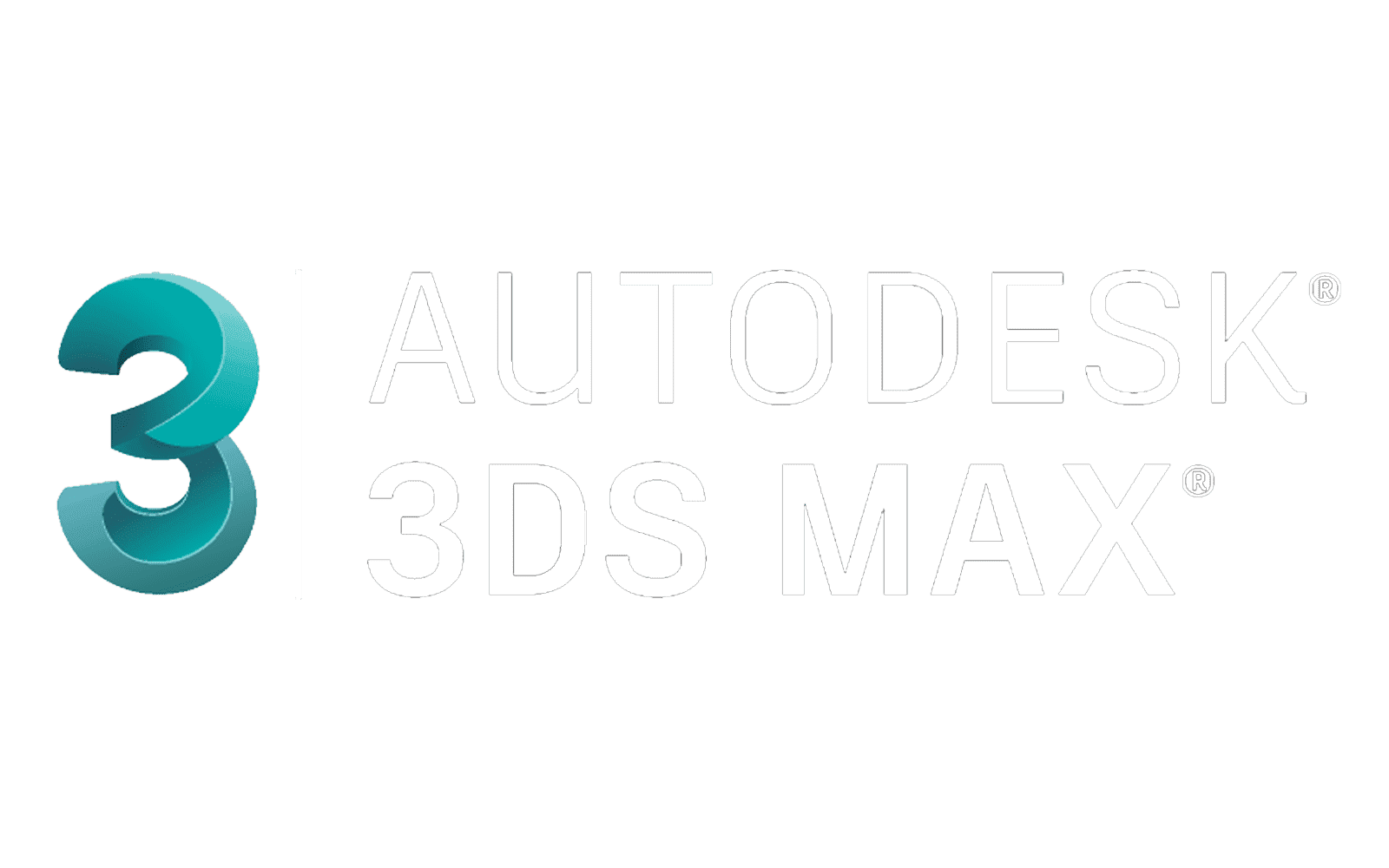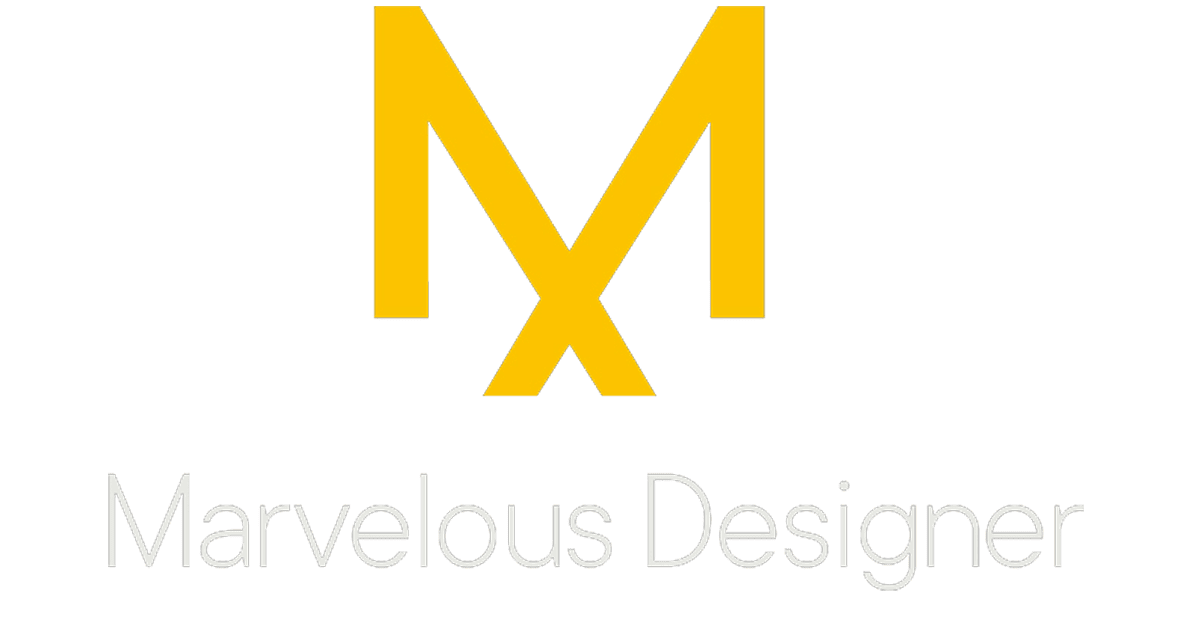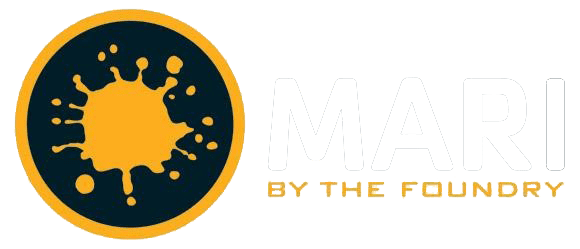3D 3D Modeling Studio
Enter a world of limitless creativity with our 3D modeling studio. Using state-of-the-art technology and expert techniques, we bring your ideas to life in stunning, immersive detail. From product design to virtual reality experiences, our team is dedicated to creating exceptional 3D models that captivate and inspire.
OUR 3D MODELING SERVICES
Polydin Studio is a one-stop-station for all your 3D modeling needs. With years of experience in the game industry, the studio offers a comprehensive range of 3D modeling services for games and interactive projects. Whether you need character modeling, environmental modeling, or asset creation, the skilled and dedicated team of artists at our 3D modeling studio can deliver stunning and realistic 3D models that meet your project’s specific requirements.
We understand the importance of meeting project deadlines and work closely with clients to ensure timely delivery of their projects without compromising on quality. Our extensive portfolio and projects with various clients in the game industry, showcase our versatility and expertise in 3D modeling.












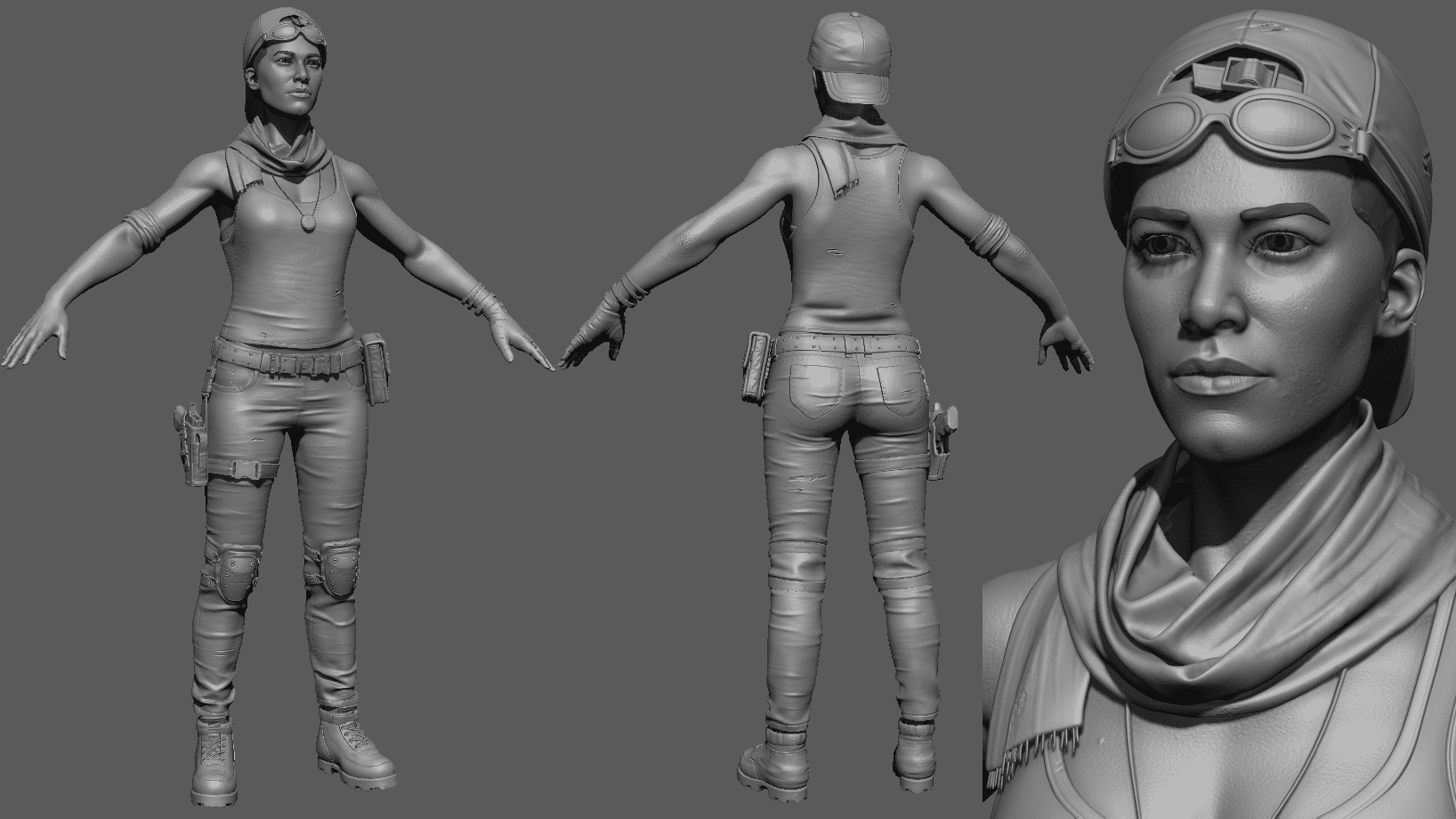

3D CHARACTER MODELING
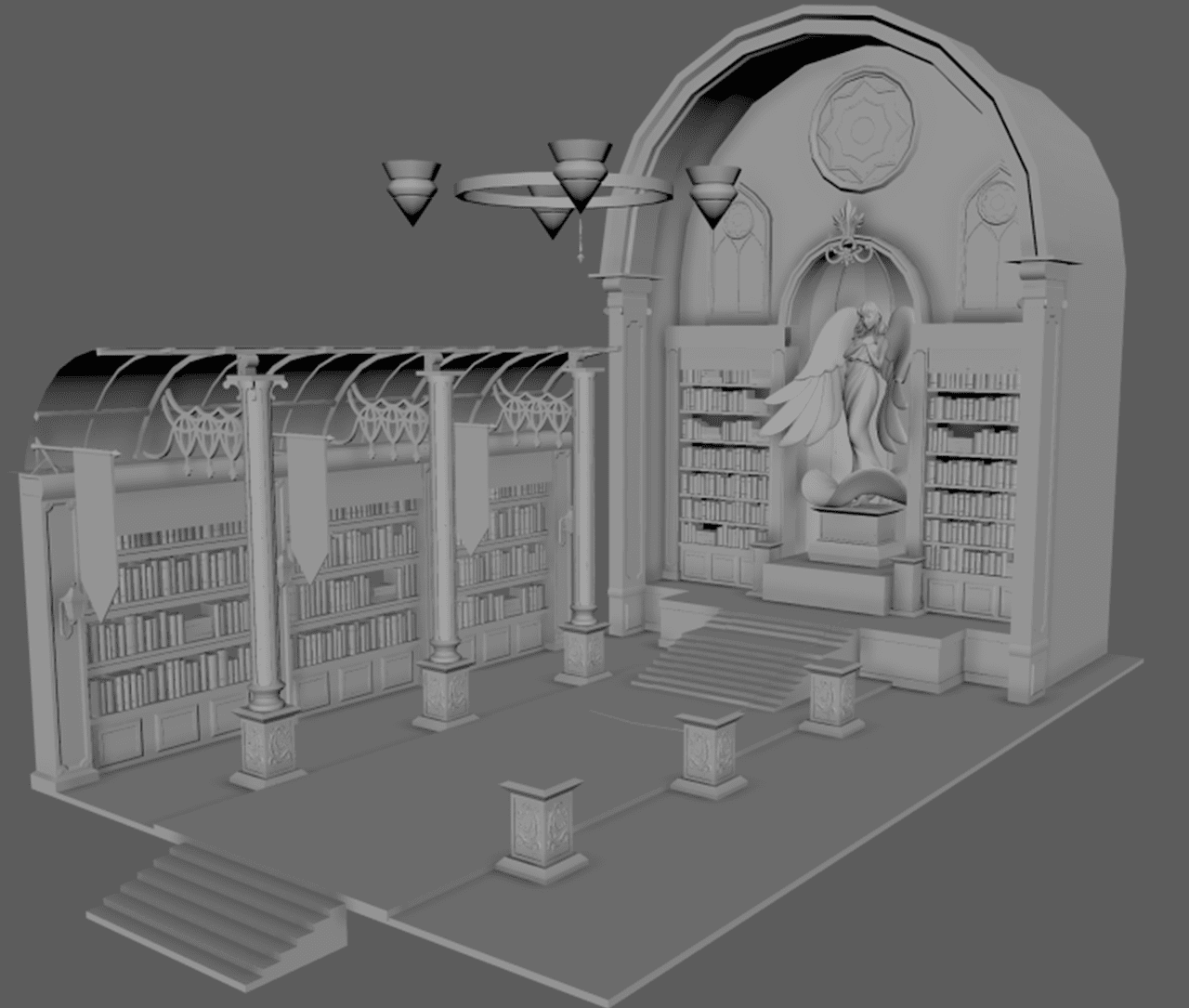

3D ENVIRONMENT MODELING
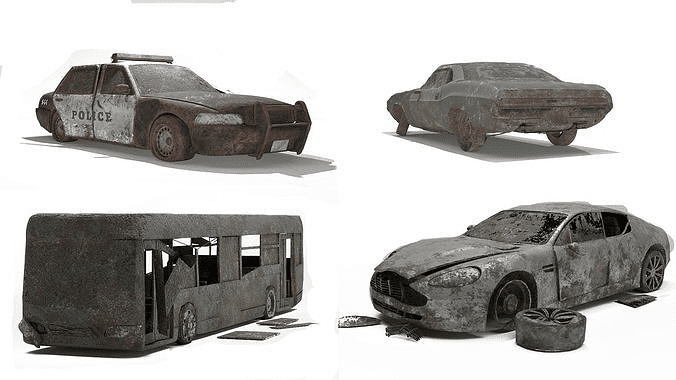

CAR / VEHICLE 3D MODELING
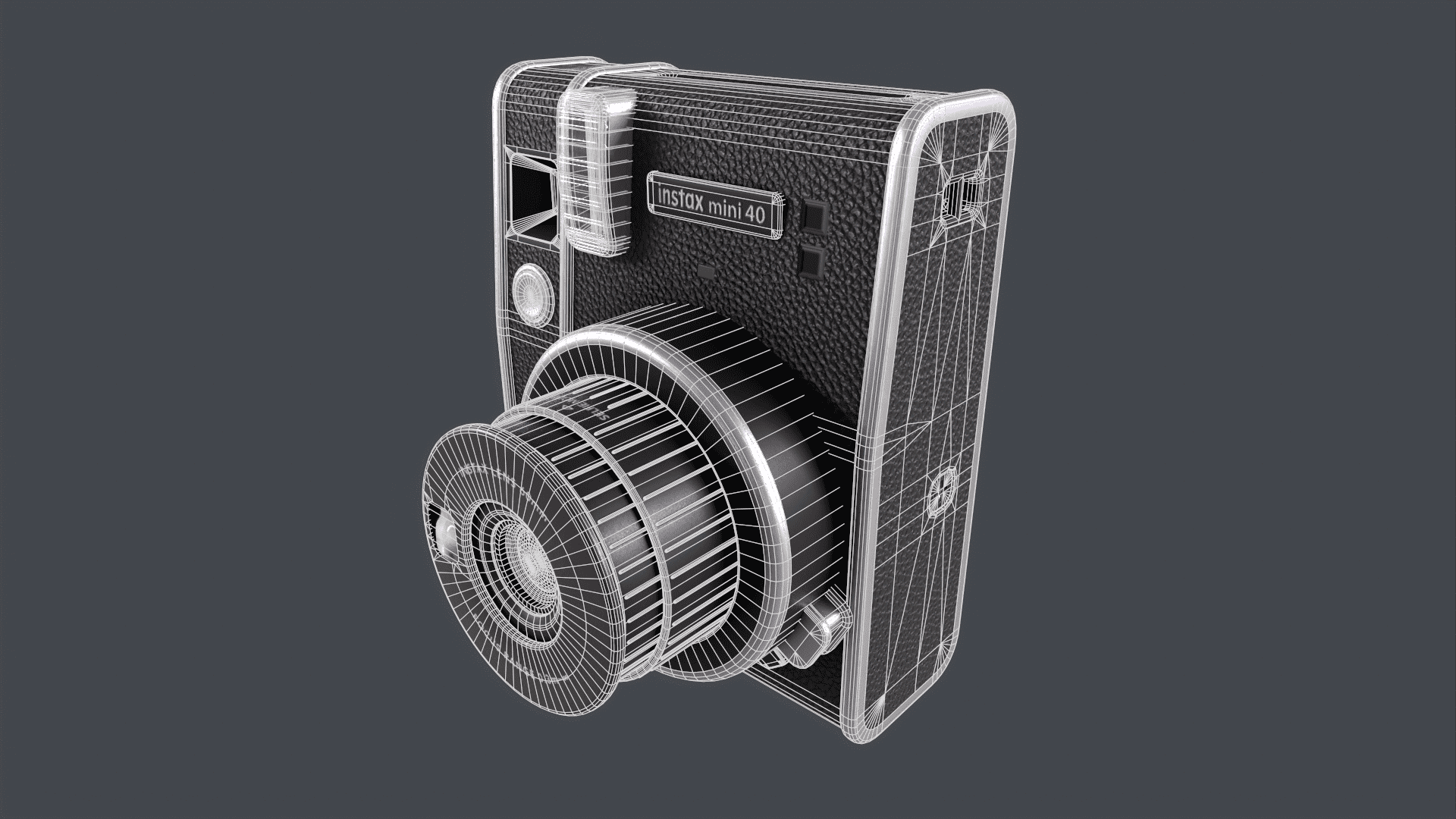

3D PRODUCT MODELING
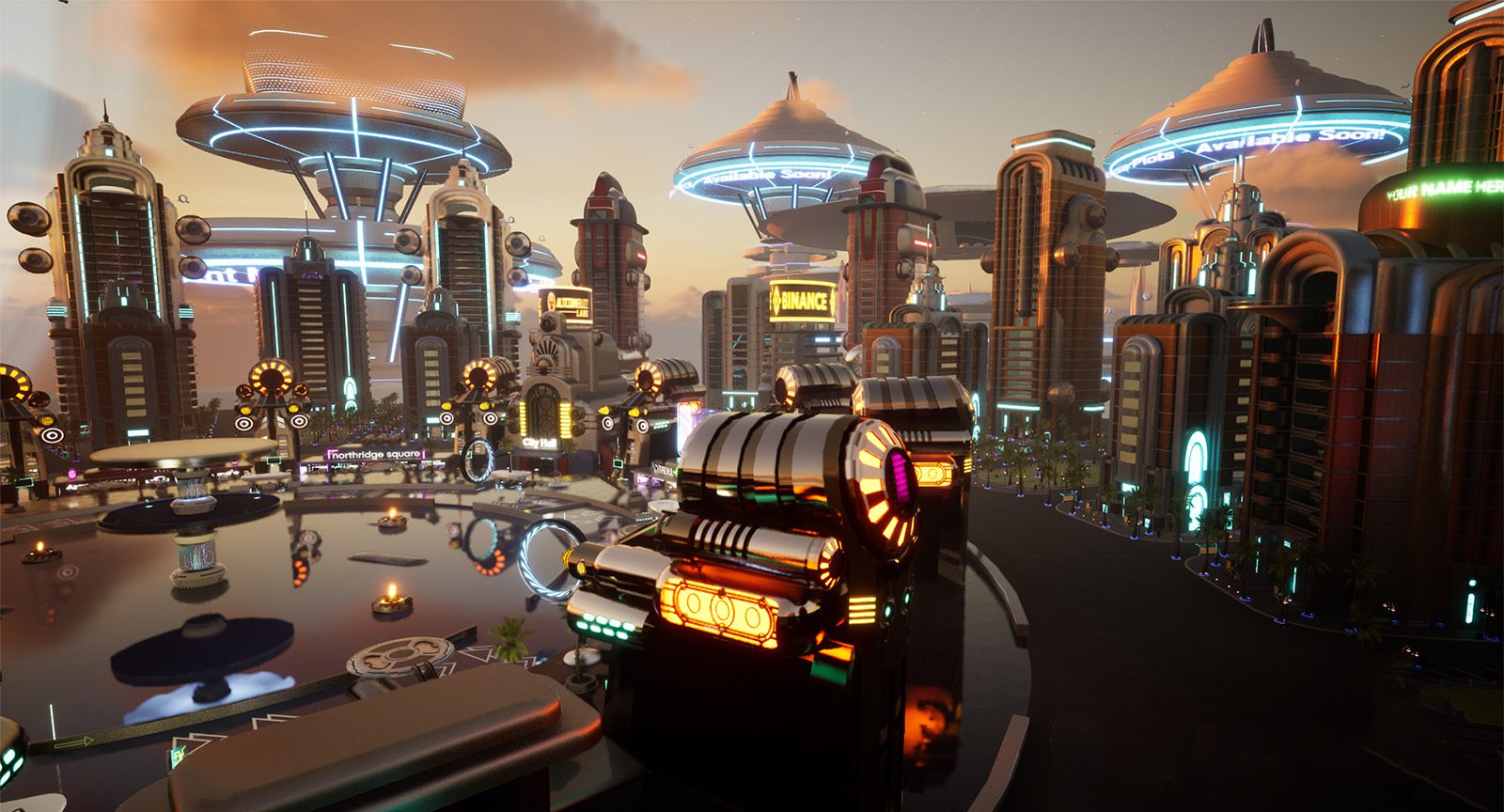

3D MODELING FOR METAVERSES
WHY CHOOSE OUR STUDION FOR 3D MODELING
Each of our artists has unique skills and strengths, and their experience combined can overcome any kind of project with different themes and styles.
We strive to keep our clients satisfied and eventually transform them into our long-term partners.
We not only provide 2D art production services, but also offer competitive and affordable pricing that sets us apart from other studios.
What Clients said
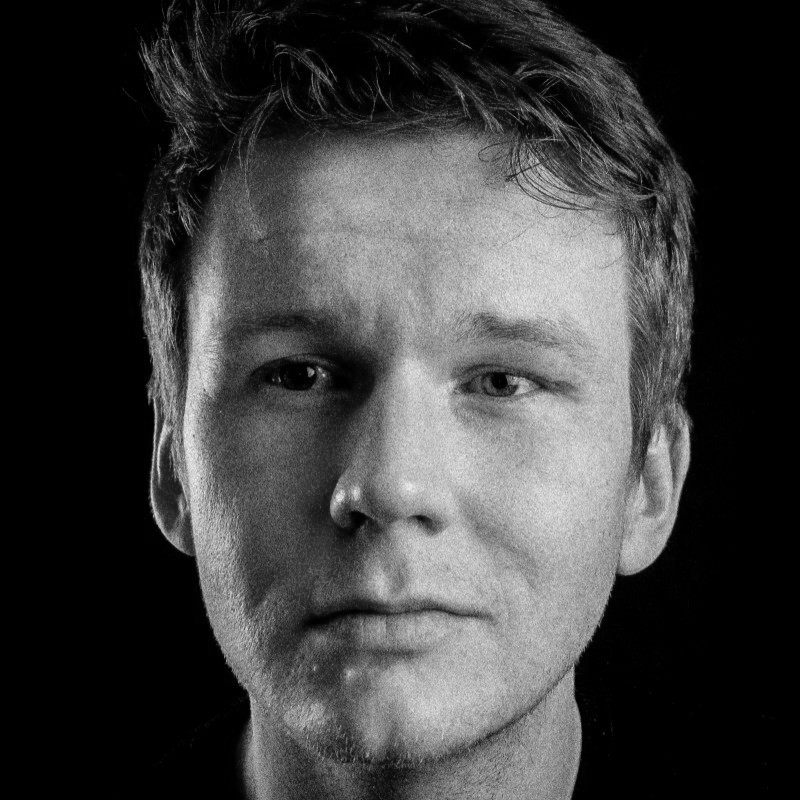

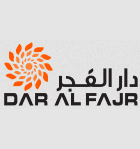

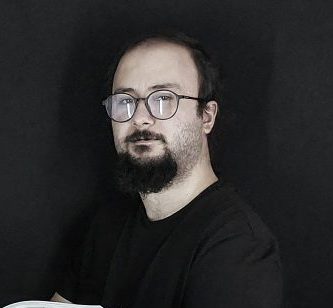

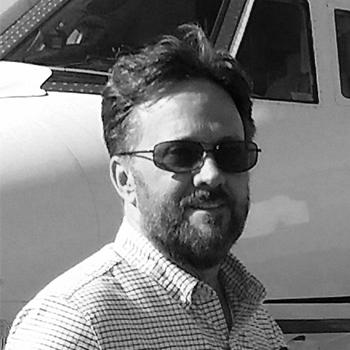













FAQ
What is 3D Modeling Services?
3D modeling services involve the creation of three-dimensional digital models using specialized software. These models can be of various objects, such as products, buildings, characters, landscapes, or anything else that needs to be visualized in three dimensions.
The process of 3D modeling involves creating a virtual representation of the object, which can be viewed from different angles and perspectives. This requires expertise in using 3D modeling software, as well as knowledge of the principles of design, geometry, and physics.
3D modeling services are commonly used in various industries such as architecture, engineering, product design, video game development, film and animation, and more. They are used to create realistic simulations, visualizations, and prototypes that help in the design, development, and marketing of products and services.
What is a 3d Modeling Studio?
A 3D modeling studio is a company or organization that specializes in providing 3D modeling services. These studios typically have a team of experienced 3D artists and designers who use specialized software to create three-dimensional models of various objects, characters, environments, or products.
The primary goal of a 3D modeling studio is to help clients visualize their ideas in three dimensions. This involves creating realistic and accurate 3D models that can be used for a variety of purposes such as product design, architectural visualization, video game development, film and animation, virtual reality, and more.
3D modeling studios may also offer other related services such as texturing, lighting, animation, and rendering, to provide a complete solution for their clients. Some studios may specialize in a particular industry or niche, such as medical visualization, automotive design, or industrial prototyping.
What is 3D Modeling for The Gaming Industry?
3D modeling for the gaming industry involves creating three-dimensional models of characters, environments, objects, and other elements that are used in video games. These models are designed to be visually appealing and realistic, and they are used to create immersive gaming experiences for players.
In the gaming industry, 3D modeling is an essential component of game development. The process of creating 3D models for games involves using specialized software to sculpt and design digital objects, characters, and environments. The models are then textured and animated to bring them to life in the game world.
3D modeling for the gaming industry is used in a variety of game genres, including first-person shooters, role-playing games, racing games, and sports games. The models are used to create game assets that are optimized for real-time rendering, allowing for smooth and responsive gameplay.
The demand for high-quality 3D models in the gaming industry continues to grow, as game developers look for ways to create more realistic and immersive gaming experiences. As a result, 3D modeling has become a specialized skill within the gaming industry, with many professionals focusing specifically on game development.
What are the Benefits of 3D Modeling and Why 2D Is Limited?
There are several benefits of 3D modeling compared to 2D modeling, which make it a preferred choice for many industries. Some of the key benefits of 3D modeling are:
Realism: 3D models can provide a level of realism that 2D models cannot match. With 3D models, designers can create objects with depth, texture, and lighting, making them look more lifelike and realistic.
Visualization: 3D models can be rotated and viewed from different angles, making it easier to visualize the object or scene in three dimensions. This can be particularly useful for architectural visualization or product design.
Efficiency: 3D modeling can be more efficient than 2D modeling, as it allows for faster iteration and prototyping. Changes to a 3D model can be made quickly, and designers can see the results in real-time.
Cost Savings: In many cases, 3D modeling can be less expensive than traditional methods such as physical prototyping or photography. It can also save time and money by allowing for virtual testing and visualization.
Customization: 3D modeling can be customized to fit specific design requirements or needs. This flexibility allows for more creativity and innovation in design.
On the other hand, 2D modeling is limited in its ability to provide depth and realism. It is also limited in terms of visualization and can be more time-consuming when it comes to making changes or revisions. While 2D modeling can be useful in certain applications such as graphic design or technical drawing, it cannot match the flexibility and capabilities of 3D modeling
What skills are required for 3D modeling?
To become a successful 3D modeler, several skills are necessary. Here are some of the essential skills required for 3D modeling:
Knowledge of 3D modeling software: The first and foremost skill required for 3D modeling is a thorough knowledge of 3D modeling software such as Maya, 3ds Max, Blender, or ZBrush.
Understanding of 3D modeling principles: A good understanding of 3D modeling principles such as topology, UV mapping, and texturing is essential to create accurate and efficient models.
Drawing and visualization skills: The ability to draw and visualize in three dimensions is crucial for creating accurate and realistic models.
Understanding of geometry and physics: A strong grasp of geometry and physics is necessary to create models that are realistic and function as they should.
Creativity and problem-solving skills: The ability to think creatively and solve problems is essential to create unique and innovative models.
Attention to detail: Paying attention to detail is critical to ensure that models are accurate and realistic.
Time management skills: 3D modeling can be time-consuming, so having good time management skills is essential to complete projects on time.
Does 3D modeling require coding?
While 3D modeling itself doesn't typically require coding, a basic understanding of scripting or programming can be beneficial for certain aspects of 3D modeling. Some 3D modeling software, such as Blender or Maya, provide scripting capabilities that allow users to create custom tools, automate repetitive tasks, or streamline workflows. Scripting languages like Python are commonly used for this purpose.
If you're working with advanced materials, shaders, or special effects in 3D modeling, you may need to write or modify shader code or use scripting languages like HLSL or GLSL to achieve specific visual effects.
Rigging is the process of creating a skeleton structure and controls for character or object animation. While rigging can often be done using built-in tools and interfaces, some complex rigs may require writing custom scripts to create specialized animation controls or behaviors.
In the context of game development or real-time 3D applications, knowledge of programming languages like C++ or C# may be necessary to implement interactions, behaviors, or dynamic systems within the 3D environment.
You need to know that many artists and designers primarily focus on the artistic aspects of modeling, such as sculpting, texturing, and visual composition, without delving into coding. It ultimately depends on the specific needs and goals of the project and the artist's area of expertise.
What is the future of 3D modeling?
The future of 3D modeling is poised for exciting advancements. Advancements in real-time rendering technology will bring highly realistic and immersive experiences to gaming, virtual reality, and augmented reality. Integration of machine learning and AI will streamline workflows, automate tasks, and offer intelligent suggestions to enhance efficiency and creativity. Procedural and generative modeling techniques will allow artists to create intricate and detailed models through algorithmic processes, providing greater creative flexibility. Cloud-based collaboration will enable seamless teamwork and resource sharing, facilitating global collaboration and accelerating production timelines. Integration with emerging technologies such as 3D scanning and virtual production techniques will further enhance the capabilities of 3D modeling. Additionally, there will be a growing focus on sustainability, exploring eco-friendly materials and practices in 3D modeling processes. These developments will empower artists, improve workflows, and push the boundaries of what can be achieved in 3D modeling. The future of 3D modeling is filled with potential, promising more immersive experiences, streamlined workflows, and innovative approaches to create stunning visual content.
What is the typical workflow in a 3D product modeling studio?
The workflow in a 3D product modeling studio typically involves several stages to ensure the creation of high-quality and accurate 3D models. While specific workflows may vary between studios and projects, here is a general outline of the typical process:
Requirement Gathering: The studio collaborates with the client to understand their specific needs, product details, and any reference materials available. This stage involves discussions, concept briefs, and gathering relevant information.
Concept Development: Based on the requirements, the studio's artists and designers create initial concept sketches, mood boards, or 2D visualizations to explore design directions and establish the overall look and feel of the product.
3D Modeling: Once the concept is approved, the 3D modeling process begins. Artists use specialized software to create a digital representation of the product, paying attention to accurate proportions, details, and surface finishes. They typically start with a basic shape and gradually add details and refine the model.
Texturing and Materials: After the basic 3D model is complete, artists add realistic textures, colors, and materials to enhance the visual appearance of the product. This may involve applying texture maps, shaders, and material properties to achieve the desired look and feel.
Lighting and Rendering: The studio sets up appropriate lighting conditions to showcase the product in a realistic environment. This helps in creating accurate reflections, shadows, and highlights, enhancing the overall visual quality. The 3D model is then rendered to produce high-quality images or animations.
Quality Assurance: The studio performs thorough quality checks to ensure that the 3D model meets the client's requirements and specifications. This involves reviewing the model for accuracy, visual fidelity, and adherence to design guidelines.
Delivery: Once the 3D model is approved, the studio delivers the final files to the client in the required formats. These files can be used for various purposes, including marketing materials, product visualization, virtual or augmented reality applications, and more.
Throughout the workflow, effective communication and collaboration between the studio and the client are essential to ensure that the final 3D model aligns with the client's vision and objectives. The workflow may also involve feedback loops and revisions based on client input to refine the model until it meets the desired outcome.
Can 3D product modeling studios create animations for products?
Yes, a 3D product modeling studio can create animations for products. Using their expertise in 3D modeling and animation, these studios can bring products to life by adding movement, interactions, and visual effects to showcase their features and functionality. Through the use of specialized software and skilled artists, they can create dynamic and engaging animations that enhance product presentations and convey information effectively. These animations can be used in marketing materials, product demonstrations, training videos, or interactive presentations to engage audiences and provide a comprehensive understanding of the product's capabilities. By leveraging 3D product modeling, studios can accurately represent products in digital form and animate them to simulate realistic movement and behavior. This enables companies to effectively communicate their product's value, demonstrate its usage, and highlight its unique selling points. The animations created by 3D product modeling studios can significantly enhance the visual representation of products, creating immersive experiences that captivate viewers and leave a lasting impact. Whether it's showcasing a product's assembly process, demonstrating its functionality, or presenting it in different scenarios, 3D product modeling studios have the skills and tools to bring products to life through captivating animations.
What is the difference between 3D modeling and 3D animation?
The distinction between 3D modeling and 3D animation lies in their core objectives and processes. 3D modeling involves the creation of static three-dimensional objects or characters using specialized software. It focuses on crafting the visual appearance, shape, and structure of the object, often resembling a digital sculpture. 3D animating, on the other hand, is the process of breathing life into these modeled objects or characters. It involves creating movement, actions, and behaviors through a sequence of frames, resulting in dynamic and lifelike animations. In essence, 3D modeling establishes the visual foundation, while 3D animation adds motion and vitality to the created assets.
What are the challenges of 3D modeling?
Steep Learning Curve: Mastering 3D modeling tools is challenging due to their complex interfaces and numerous features. Artists face a significant learning curve, requiring time and dedication to become proficient.
Polygon Management: Balancing detail and performance is an ongoing challenge. Artists need to optimize polygon counts to achieve desired detail without compromising computational efficiency, especially in real-time rendering scenarios like video games.
Texturing and UV Mapping: Mapping 2D textures onto 3D surfaces (UV mapping) and creating realistic textures demand careful consideration. Artists must ensure seamless wrapping without distortion, managing material properties and lighting interactions.
Rigging and Animation: Animating 3D models, particularly characters, involves the intricate processes of rigging and animation. Achieving smooth, lifelike movement requires a deep understanding of anatomy, physics, and the capabilities of animation software.
Compatibility Issues: Maintaining compatibility and interoperability between different 3D modeling software poses challenges. Artists must navigate file formats, version issues, and scene or animation transfer problems, particularly in collaborative production environments.
